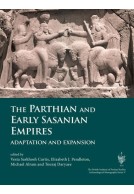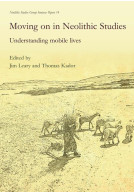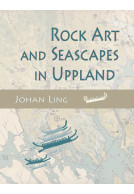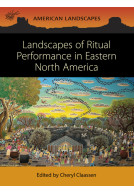Google Books previews are unavailable because you have chosen to turn off third party cookies for enhanced content. Visit our cookies page to review your cookie settings.
Sasanian and Islamic Settlement and Ceramics in Southern Iran (4th to 17th Century AD) (Hardback)
The Williamson Collection Project
Imprint: Oxbow Books
Series: British Institute of Persian Studies Archaeological Monograph Series
Pages: 512
Illustrations: 250 b/w illustrations and 32 colour images
ISBN: 9798888570524
Published: 15th August 2023
Script Academic & Professional
Series: British Institute of Persian Studies Archaeological Monograph Series
Pages: 512
Illustrations: 250 b/w illustrations and 32 colour images
ISBN: 9798888570524
Published: 15th August 2023
Script Academic & Professional
You'll be £65.00 closer to your next £10.00 credit when you purchase Sasanian and Islamic Settlement and Ceramics in Southern Iran (4th to 17th Century AD). What's this?
+£4.99 UK Delivery or free UK delivery if order is over £40
(click here for international delivery rates)
Need a currency converter? Check XE.com for live rates
(click here for international delivery rates)
Need a currency converter? Check XE.com for live rates
This monograph comprises the final publication of a study supported by the British Institute of Persian Studies and undertaken by Seth Priestman and Derek Kennet at the University of Durham. The work presents and analyses an assemblage of just under 17,000 sherds of pottery and associated paper archives resulting from one of the largest and most comprehensive surveys ever undertaken on the historic archaeology of southern Iran. The survey was undertaken by Andrew George Williamson (1945–1975), a doctoral student at Oxford University between 1968 and 1971, at a time of great progress and rapid advance in the archaeological exploration of Iran.
The monograph provides new archaeological evidence on the long-term development of settlement in Southern Iran, in particular the coastal region, from the Sasanian period to around the 17th century. The work provides new insights into regional settlement patterns and changing ceramic distribution, trade and use. A large amount of primary data is presented covering an extensive area from Minab to Bushehr along the coast and inland as far as Sirjan. This includes information on a number of previously undocumented archaeological sites, as well as a detailed description and analysis of the ceramic finds, which underpin the settlement evidence and provide a wider source of reference.
By collecting carefully controlled archaeological evidence related to the size, distribution and period of occupation of urban and rural settlements distributed across southern Iran, Williamson aimed to reconstruct the broader historical development of the region. Due to his early death the work was never completed. The key aims of the authors of this volume were to do justice to Williamson’s remarkable vision and efforts on the one hand, and at the same time to bring this important new evidence to ongoing discussions about the development of southern Iran through the Sasanian and Islamic periods.
Other titles in the series...
Other titles in Oxbow Books...





















